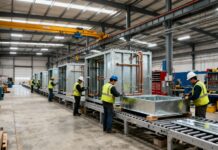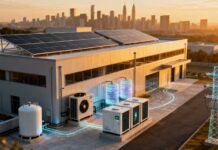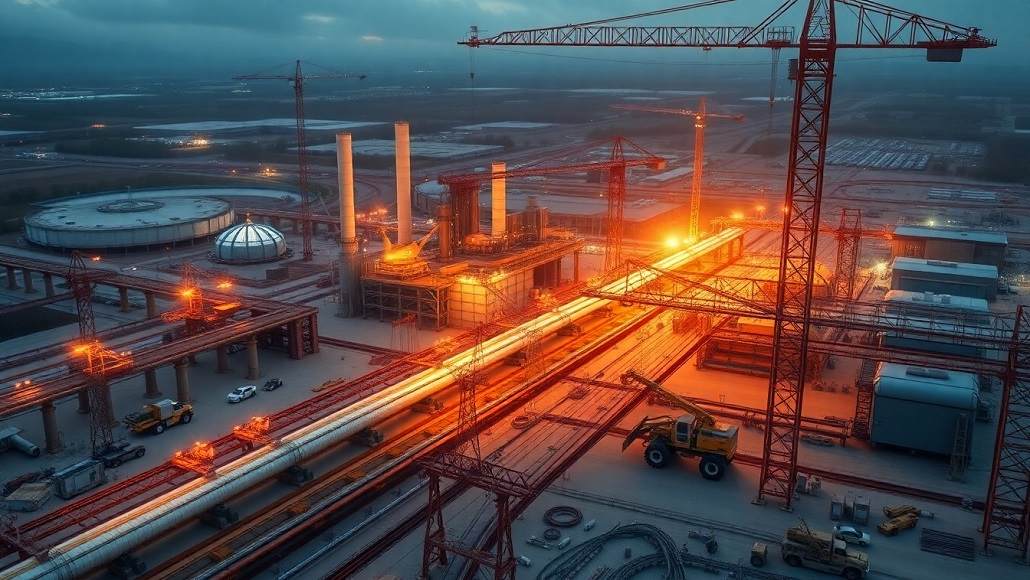In a bold campaign move, former President Donald Trump unveiled a sweeping $92 billion economic revitalisation plan in Butler, Pennsylvania, with an emphasis on construction and infrastructure efforts. The initiative focuses on the United States reclaiming its prominence in artificial intelligence while attaining energy independence and stands to inject billions into Pennsylvania’s construction industry—securing jobs, advanced technologies and sustained economic vitality.
Building the Backbone: Energy & AI Infrastructure
Trump further indicated the importance energy plays in supporting AI; “Remaining the world’s leader in AI will require an enormous increase in energy production,” and called for a “massive build‑out of physical infrastructure” throughout Pennsylvania. Trump’s $92 billion energy‑AI plan will pour investments into data centers, gas power plants, and retrofitting coal facilities. The scale of building activity will be immense—ranging from pipelines and grid upgrades to heavy‑engineering activities at former coal locations.
Surge in Construction Jobs
Along with expanding infrastructure comes an increase in construction- and energy-industry employment. While Trump did not include the job figure during his remarks, summit organizer Sen. Dave McCormick stated the investments in the private sector “will create tens of thousands of jobs and position Pennsylvania as a leading hub for energy, artificial intelligence, and innovation.” Those roles are expected to span trades such as electricians, steelworkers, heavy‑equipment operators, and AI‑system installers fueling local hiring across rural and urban communities.
Tech-Enhanced Construction
One of the most prominent pillars of US energy AI plan is co-locating power plants right next to data centres. As Trump put it: “You’re going to build your own electric factory, and you’re gonna make your own electricity,” Trump said. “You can sell it back into the grid, you’ll even make money from the electric business.” signalling demand for integrated energy-construction projects. This approach allows construction firms to reconcile traditional build and install capabilities with AI-enabled energy management systems and smart-grid applications.
Long-Term Implications for the Industry
For construction companies, the announcement opens up opportunities for federal-backed mega-projects, advanced procurement strategies, and perhaps even tax incentives for their implementation of AI. Industry insiders expect increased demand for cement, steel, and prefab material- along with increases in R&D funding for construction technology.
Industry associations like the Associated General Contractors of America (AGC) are paying close attention. If enacted after the election, they envision not only near-term contract gains, but a structural transformation towards smart, resilient infrastructure across the country.
While the political dust settles, one thing’s certain: Pennsylvania’s construction world is poised on the cusp of change. Whether the plan comes to fruition in full or not, US energy AI plan promise has already set infrastructure — and those who construct it — at the center of America’s economic future.































